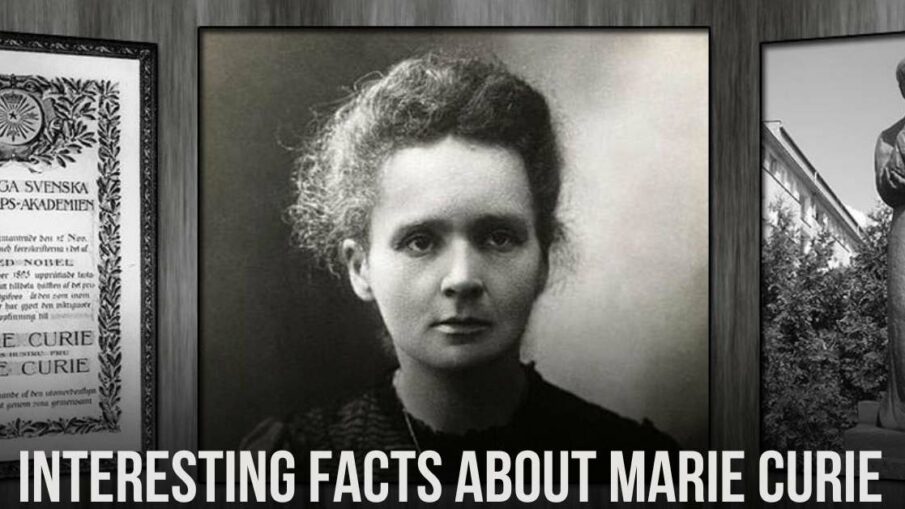Marie Curie, a name synonymous with scientific brilliance, left an indelible mark on the world with her pioneering research in radioactivity. While her scientific achievements are widely celebrated, there’s a captivating personal side to her life that often goes unnoticed. Join us on a journey to uncover ten intriguing facts about the extraordinary Marie Curie, shedding light on the woman behind the groundbreaking discoveries.
1. The Forbidden Pursuit of Knowledge
- Born Marya Sklodowska in 1867 in Russian-controlled Poland, Marie Curie faced a formidable barrier. Women were barred from higher education in her homeland. To circumvent this, she and her sister, Bronia, attended a clandestine “Flying University,” where they educated themselves in secret.
2. A Governess Turned Scientist
- To support her sister’s education at the Sorbonne in Paris, Marya worked as a governess in Poland. In a heartwarming pact, Bronia later returned the favor, enabling Marya to pursue her own studies.
3. Love Almost Derailed Her Dreams
- Marya’s path to Paris nearly took an unexpected turn when she became engaged to the eldest son of the family she worked for as a governess. However, the engagement was abruptly terminated by the groom’s mother, leading Marya to Paris in 1891 to attend the Sorbonne, where she adopted the name Marie.
4. Lab Space and Love Intersect
- In 1894, fate intervened as Marie was introduced to Pierre Curie. Their love story blossomed, but it was her need for laboratory space that initially drew her to him. Pierre had the extra lab space she required for her research on the magnetic properties of steel.
5. Career Trumped Romance
- Despite their love, Marie declined Pierre’s marriage proposal three times. She only accepted when he offered to give up his own scientific career to move with her to Poland, where she had always dreamed of working.
6. A Career Roadblock
- In a disheartening setback, Marie was denied a position in Poland due to her gender. Consequently, she and Pierre decided to remain in Paris.
7. A Tribute to Her Homeland
- While living abroad, Marie made significant discoveries, including radium and polonium. She named the latter after her beloved Poland, a place she always held close to her heart. In 1932, she established a research institute in Warsaw, which was initially overseen by her sister, Bronia.
8. A Nobel Record Setter
- Marie Curie achieved an unparalleled feat by becoming the first woman to win not one but two Nobel Prizes. She shared the 1903 Nobel Prize in Physics with Pierre Curie and Henri Becquerel. In 1911, amidst a personal scandal in the press, she clinched the Nobel Prize in Chemistry. Despite being urged not to attend the ceremony in Sweden, she defied the odds and went.
9. Nobel Legacy Continues
- Marie Curie’s legacy extended to her children. Her daughter Irène, a distinguished scientist in her own right, won the Nobel Prize in Chemistry in 1935 alongside her husband, Frédéric. Their other daughter, Ève, pursued a career as a concert pianist and writer, breaking away from the scientific tradition in the family.
10. The Lingering Glow of Radium – Tragically, Marie Curie succumbed to aplastic anemia in 1934, likely a result of her extensive exposure to radiation during her groundbreaking research with radium. Her invaluable notebooks, contaminated with radium, remain radioactive and are safely stored in lead-lined boxes in France. Radium’s half-life of 1,600 years ensures they will remain radioactive for generations to come.
Marie Curie’s life was a symphony of scientific triumphs and personal sacrifices. Her unwavering dedication to advancing science, combined with her determination to surmount societal constraints, left an enduring legacy that continues to inspire generations of scientists and dreamers.


Leave a Reply